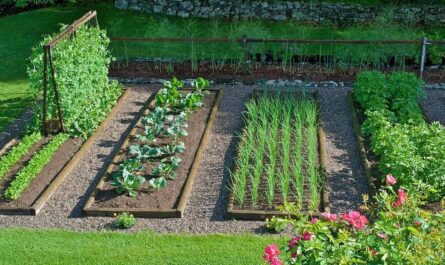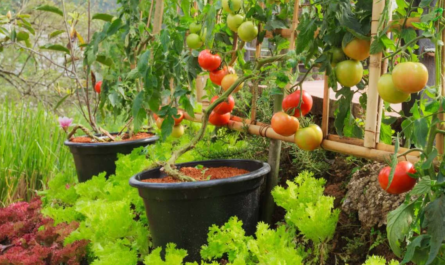Even with a small amount of room, container gardening is a flexible and satisfying method to bring the beauty and abundance of plants into your house. You may design a colourful landscape that suits your lifestyle with container gardening, regardless of whether you live in a townhouse, apartment or tiny backyard. You may effectively cultivate plants in limited areas by using the crucial tips and tactics that this guide will teach you.
Why Go with Container Gardening?
Many advantages make container gardening a desirable choice for people who live in cities or have limited outside area. The following are some of the main benefits:

- Space Efficiency: You can grow in places where traditional gardening is not practical by using containers, which can be set up on balconies, patios, windowsills, or even indoors.
- Mobility: You can move plants in pots to make the most of sunshine, shield them from inclement weather, or just to update the look of your area.
- Control over Soil and Nutrients: Using containers gives you the ability to manage the nutrients and soil composition, which promotes healthier plants and higher harvests.
- Pest Management: By controlling illnesses and pests more easily, containers can lessen the need for chemical treatments.
Choosing the Correct Soil for Container Gardening
- Garden soil is not the same as the soil used in containers. Using premium potting mix made for pots is crucial. The ideal ratio of aeration, drainage, and nutrient retention is provided by potting mix. The following advice can help you select and use potting soil:
- Look for Potting Mix: Select a blend that is labelled especially for pots. Garden soil can be too compacted and dense for container plants, so steer clear of it.
- Modify as Needed: To strengthen the qualities of potting soil, you can add compost, per lite, or vermiculite. Vermiculite and per lite increase drainage and aeration, while compost supplies nutrients.
- Although container plants require frequent feeding, take care not to overfertilize. Apply a water-soluble fertiliser diluted to half strength or a slow-releasing, balanced fertiliser.
Gardening and Upkeep for Container Gardening
Your container garden will not succeed unless you plant it correctly and provide continuous care. To get the best results, adhere to following steps:
Planting:
Potting mix should be added to the container, allowing about an inch of room at the top.
Dig a hole in the ground big enough to hold the root ball of the plant.
Loosen the roots of the plant and carefully take it out of the nursery pot before planting it in the hole.
To remove air pockets, back-fill with dirt and gently push down.
with order to aid with soil settling, fully water.
Watering
Because they dry out more quickly than garden plants, container plants need to be watered more frequently.
When the top inch of soil appears dry to the touch, add water. Watering until the water drains out of the bottom will ensure that water reaches the root zone.
Steer clear of over-watering, as this might cause root rot. If necessary, use a saucer to collect extra water.
Feeding:
Fertilise frequently to supply vital nutrients. For information on the right amount and frequency of application, consult the fertiliser package instructions.
Enhancing plant health can also be accomplished with organic fertilisers, such as fish emulsion or compost tea.
Management of Pests and Diseases:
Check your plants frequently for indications of illness or pest infestation.
For frequent problems, try natural solutions like insecticidal soap or neem oil.
Encourage beneficial insects to control pest populations, such as lacewings and ladybirds.

Optimising Area in Compact Gardens
Utilising inventive methods might help you make the most of your gardening space in tiny areas. Think on these concepts
Vertical Gardening: To cultivate plants vertically, use hanging baskets, shelves, and trellises. Vegetables that climb, such as cucumbers, beans, and peas, can be trained to grow vertically, conserving horizontal space.
Conclusion
Even in limited settings, container gardening is a great way to reap the benefits of gardening. You may build a flourishing garden that adds beauty and fresh produce to your house by choosing the appropriate containers, soil, and plants, as well as by adhering to planting and maintenance procedures. Your small-space garden can bring you happiness and relaxation all year long with a little imagination and maintenance.



